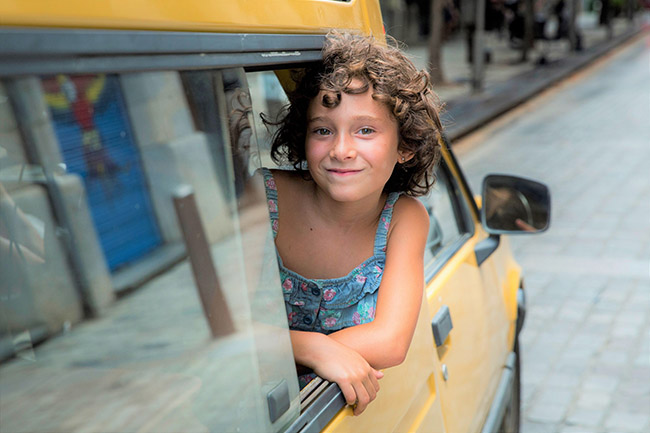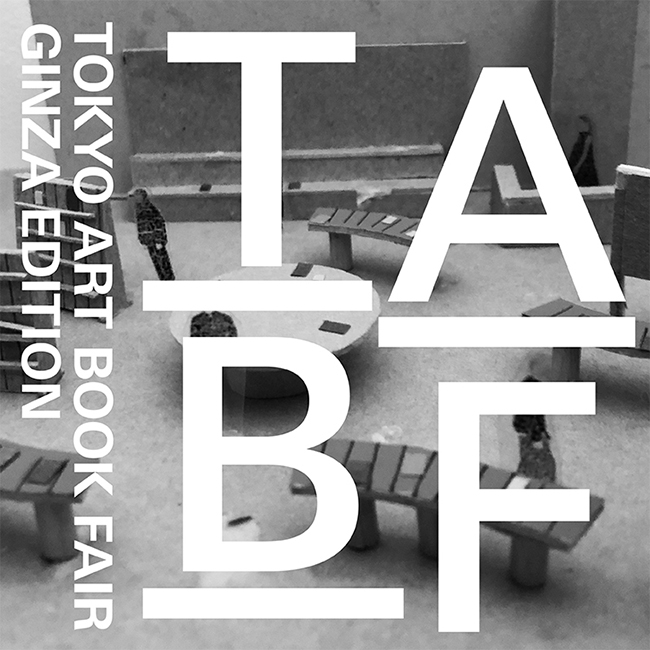投資コラム– category –
-

映画『500年の孤独』キドラット・タヒミック監督インタビュー
interview & text by Asako Tsurusaki 2018年10月、フィリピン映画生誕100年を記念して製作された『それぞれの道のり』が東京国際映画祭で公開された。戦う農民の行進を描いたブリランテ・メンドーサ、密林を彷徨う労働者を綴ったラヴ・ディアス、そし... -

『悲しみに、こんにちは』カルラ・シモン監督インタビュー
interview & text by Asako Tsurusaki 1993年の夏。母親を亡くした少女フリダは、住み慣れた大都市バルセロナから田舎町の叔父叔母の元で暮らすことになる。若い叔父叔母と幼い従姉妹のアナは、家族の一員として彼女を暖かく受け入れるが、フリダが新... -

TOKYO ART BOOK FAIR:Ginza Edition レポート
text : daiki tajiri アジア最大規模のアートブックフェアであるTOKYO ART BOOK FAIR(以下TABF)。第10回目の開催を今年7月12日(金)より予定している当イベントが、それに先駆け3月8日(金)より4月14日(日)まで、東京・銀座に昨年生まれたGinza Sony... -

リボーンの物販システムは詐欺か!将軍の怪しい副業の実態を徹底解説
今回検証する案件は、 将軍という人物がおすすめする、 Re:Bornという投資システムです。 この案件では投資資金0円で1日5分スマホだけで稼げると言われていますが 検証した結果おすすめできないと判断せざるおえない内容でした。 この記事では皆さんの代わ...
1



